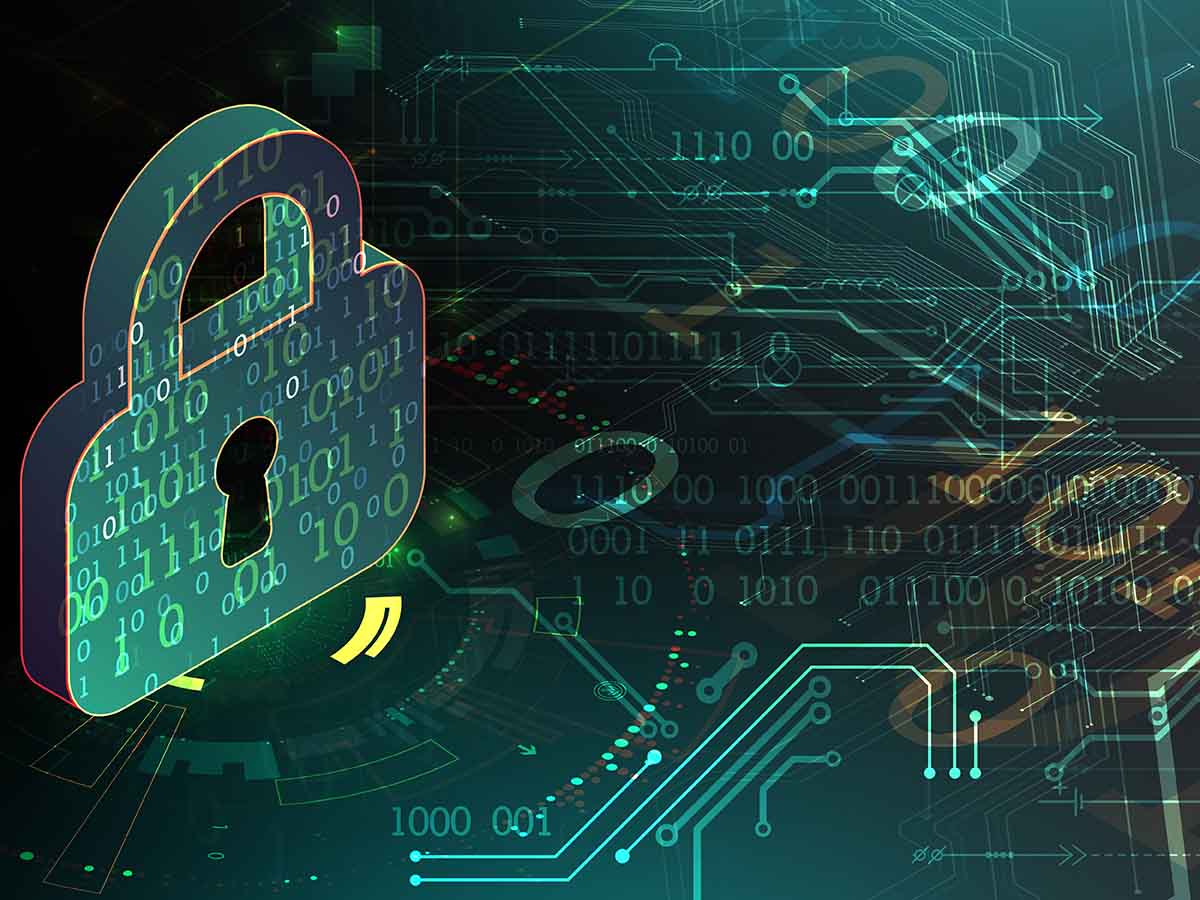Information Assurance is a practice that ensures the integrity, confidentiality, and availability of data in any given system or network. It’s about protecting information systems by detecting and preventing potential threats, and also recovering from information loss should an incident occur. It’s oriented towards keeping information and information systems secure from unauthorized access, use, disclosure, disruption, modification, or destruction. The aim is to provide and maintain a trustworthy computing environment.
Information Assurance Examples
1. User Authentication
User authentication is one of the primary pillars of Information Assurance. It’s a process that verifies the identity of a user who attempts to access a system or network. If the system can confidently confirm the user’s identity, access is granted. This stops unauthorized users from forging identities or gaining access to protected information.

Stay One Step Ahead of Cyber Threats
Various methods can be used for user authentication, each offering a different level of security. Passwords are the most common, yet they can be susceptible to attacks if they are not properly managed. Hence, many systems implement stronger methods such as biometric scans (e.g. fingerprints, retina scans), and two-factor (2FA) or multi-factor (MFA) authentication methods.
With 2FA and MFA, even if an attacker gains a user’s password, they won’t be able to access the system without the second or multiple factors (such as a code sent to the user’s mobile number or email). This layered security approach forms a crucial part of Information Assurance by providing robust protection against unauthorized access.
2. Firewall Implementation
Firewall implementation is a vital component of Information Assurance, providing a first line of defense for a system or network. A firewall effectively acts as a gatekeeper, monitoring all incoming and outgoing network traffic. It then determines whether to allow or block specific traffic based on a set of predetermined security rules.
A firewall can guard against numerous threats, including intrusion attempts, viruses, worms, and other types of malicious activities. It can be configured to block data from certain locations or applications, minimizing the risk of unauthorized access to sensitive information, and further strengthening the overall security of the system.
Modern firewalls go beyond just filtering traffic. They can also perform sophisticated tasks such as inspecting the data for malicious content. This proactive approach to security allows them to spot and halt threats before any damage can be done. Thus, implementing a firewall is an important step towards ensuring Information Assurance.
3. Data Backup and Recovery
Data backup and recovery measures are integral to Information Assurance. No system is infallible, and even with the best security measures in place, there’s always a risk of data loss due to unexpected incidents like system crashes, physical damage, or malware attacks. Regularly backing up data minimizes the risk of significant losses in such scenarios.
Backup involves creating a copy of data and storing it on a different system or remote server. The key is to ensure that backups are updated regularly, so that, in the event of a loss, the most recent information can be recovered. This practice safeguards valuable information from permanent loss and provides a safety net against potential data breaches.
Alongside backup, an effective recovery plan ensures that in case of data loss, operations can be restored quickly and efficiently. It involves steps to retrieve the backed-up data and restore it to its original location or a new location if needed. Overall, data backup and recovery form an essential part of Information Assurance, ensuring both data availability and business continuity.
Conclusion
Information Assurance plays a crucial role in maintaining the integrity, confidentiality, and availability of information. Through practices like user authentication, firewall implementation, and data backup and recovery, it safeguards digital assets, counters threats, and ensures a regular mode of operation, making it a fundamental part of any robust cybersecurity strategy.
Key Takeaways
- Information Assurance is the practice of assuring the confidentiality, integrity, and availability of data in a system or network.
- User Authentication, including passwords and biometric methods, help in confirming the identity of users, reducing unauthorized access.
- Firewall Implementation serves as a gatekeeper, monitoring and controlling network traffic based on pre-set security rules, offering robust protection from potential threats.
- Data Backup and Recovery practices are crucial components of Information Assurance, safeguarding valuable data from loss and enabling business continuity.
- Despite best security practices, maintaining regular backups and having an effective recovery plan is vital due to the risk of unforeseen incidents.
Related Questions
1. What does Information Assurance encompass?
Information Assurance encompasses measures and controls that protect information systems. It focuses on ensuring confidentiality, integrity, and availability of data. It also involves risk management and swift recovery from information loss after a security incident.
2. Why is User Authentication crucial in Information Assurance?
User Authentication is crucial because it verifies the identity of users trying to access a system or network. It helps prevent unauthorized access or identity theft, constituting an important aspect of Information Assurance.
3. How does a firewall contribute to Information Assurance?
A firewall contributes to Information Assurance by monitoring and controlling both incoming and outgoing network traffic based on security rules. It acts as a barrier against external threats, preventing unauthorized access, and ensuring the safety of the data within.
4. Why are Data Backup and Recovery methods important for Information Assurance?
Data Backup and Recovery methods are vital because they provide a safety net in case of data loss incidences. Regular data backups ensure that recent and relevant information is available for recovery, thereby maintaining data availability and ensuring business continuity.
5. What role does Information Assurance play in cybersecurity?
Information Assurance plays a critical role in cybersecurity by implementing preventive measures and controls to protect information systems. Through various practices, it ensures data confidentiality, integrity, and availability, thereby providing a trustworthy computing environment.
"Amateurs hack systems, professionals hack people."
-- Bruce Schneier, a renown computer security professional






